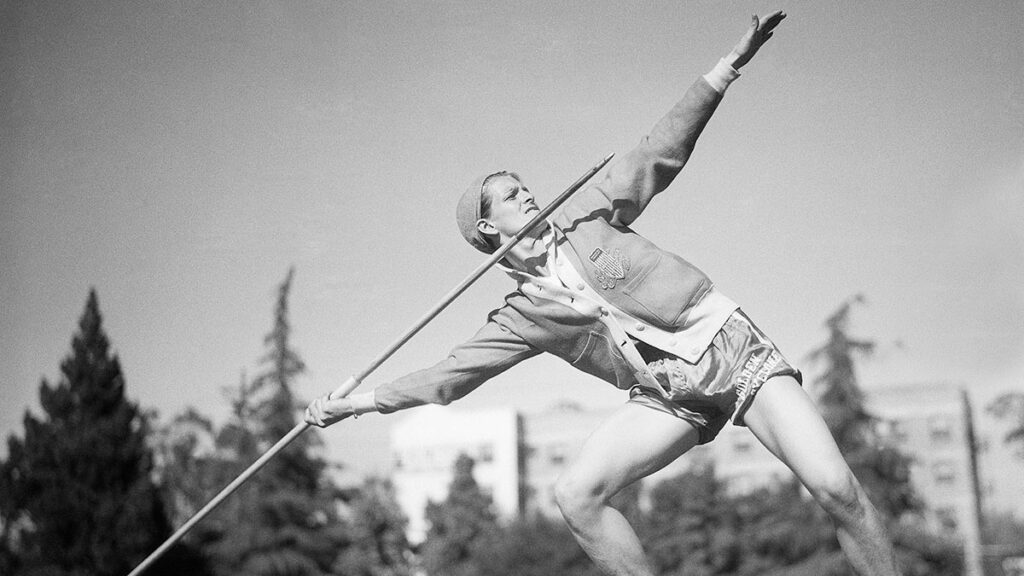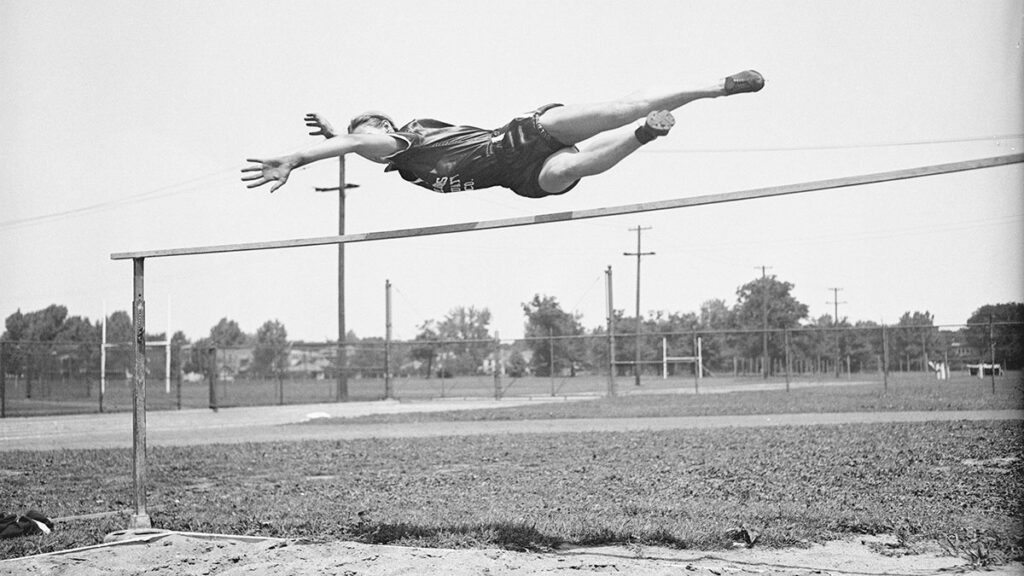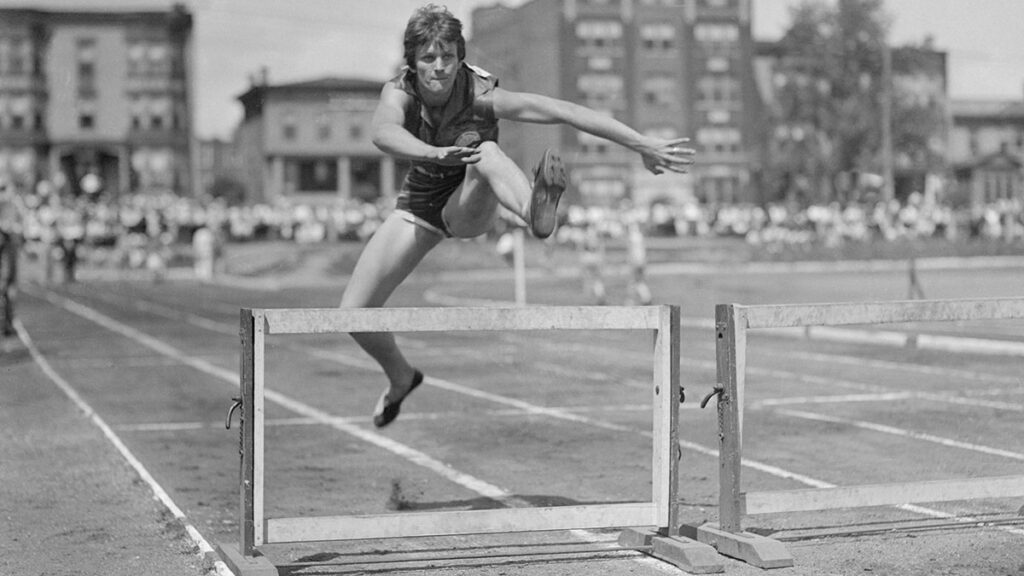The Zaharias Cup is an idea whose time has come.
This September sees the Solheim Cup and Ryder Cup held in Europe a mere week apart, an unusual confluence of timing that will be altered next year when the former reverts to an even-numbered year scheduling.
Such a condensed focus on golf’s two premier matches should, at least for a while, shift the spotlight away from a debate that’s been percolating in golf for some time about the future of the third teams event: the Presidents Cup. The idea has been covered in our pages before (here, here and here) – a suggestion to include women in the biennial matches between the United States team and the International side.
Both the cases for and against such a shift appear valid on the surface. Yes, adding women would add a positive dynamic to a near-30-year-old contest that has produced an Internationals victory only once. It would also capture more eyeballs and heighten general curiosity, given how rarely – if ever – professional men and women play together.

However, I question the validity of adding women to an event called the Presidents Cup when a woman is still yet to be elected president of the nation where the event was founded. Instead, leave the Presidents Cup as is and allow it to chart its own course, whatever that may be.
Any mixed teams event needs to begin with a fresh heritage, not as a Band-Aid to an ailing one. It should also pay homage to the first golfer to cross gender lines. Which is why any such new entity should be called the Zaharias Cup.
Mildred Ella “Babe” Didrikson Zaharias was the first female professional to compete against her male counterparts and by far the most successful. The supremely gifted athlete won a pair of gold medals (for hurdles and javelin) plus silver (for high jump) at the 1932 Olympic Games before shifting her focus to professional golf and winning 48 times, among them 10 majors including three US Women’s Opens. Besides track and field then golf, she was also a talented baseballer and basketballer.
Everyday golfers today are probably aware that Annika Sorenstam, Laura Davies, Michelle Wie, Suzy Whaley and Brittany Lincicome have competed in men’s professional tournaments, but they were beaten to the feat by 65 years. Zaharias played in the esteemed Los Angeles Open (these days called the Genesis Invitational and hosted by Tiger Woods) in 1938. She missed the cut, but would later make several weekends on the PGA Tour, qualifying (rather than being invited) each time. She is still the only woman to ever make a PGA Tour cut, notching a best result of 33rd place at the Phoenix Open.

Zaharias shone at whatever she tried, athletic or otherwise. Various reports have her excelling at diving, roller-skating, bowling and pool but also as a seamstress and singer, including recording songs with Mercury Records.
Sadly, her life and golf career were cut short by colon cancer, which claimed “The Babe” at age 45. She was tenacious until the end, however, winning the last two tournaments she ever played in as well as the 1954 US Women’s Open just a month after surgery and while wearing a colostomy bag.
Zaharias was a gallery favourite, with a legion of fans that was Arnold Palmer-esque. Commemorating her via a tournament is not a new idea. The Babe Zaharias Open was an LPGA Tour event from 1953 to 1967 – won by Zaharias herself in the first year – while Judy Rankin claimed the lone Babe Zaharias Invitational ever held, in 1976.

Timing would be a tough hurdle to jump in trying to inject a new event into the global golf calendar. One of the existing men’s team events is held every year and there doesn’t appear to be an obvious place on the schedule for an additional contest, especially in this current period of upheaval and uncertainty. Still, desire will always trump difficulty if the want is strong enough, and it’s only one more event. With a little combined planning acumen, the various tours and professional bodies involved can make this work.
As the French poet and novellist Victor Hugo said, “Nothing is more powerful than an idea whose time has come.”
Getty Images: Bettmann, Underwood Archives



